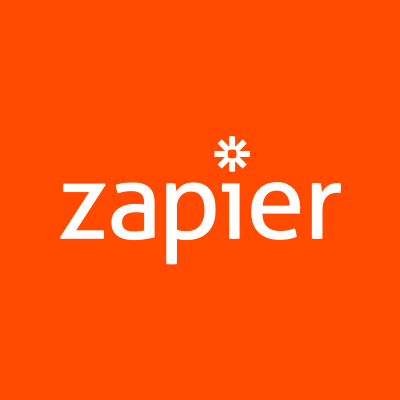On Starting A Marketplace For Business Best Practices
Hello, my name is David Tang and I am the founder of Flevy. We provide business best practices—the same as those produced by top-tier consulting firms (like McKinsey, BCG, Bain, Deloitte, Accenture, etc.) and used by Fortune 100 organizations.
Our core offering is the Flevy Marketplace, which operates as a typical online marketplace. You can think of us as the Amazon, eBay, or Etsy of business documents. These best practice materials are authored by a network of several hundred subject matter experts, mostly seasoned executives and management consultants with 20+ years of experience. With over 5,000+ documents (including frameworks & methodologies, presentation templates, financial models, etc.), spanning over 350+ management topics (e.g. Digital Transformation, Lean Six Sigma, Strategic Planning, Change Management,

Download the report and join our email newsletter packed with business ideas and money-making opportunities, backed by real-life case studies.

Download the report and join our email newsletter packed with business ideas and money-making opportunities, backed by real-life case studies.

Download the report and join our email newsletter packed with business ideas and money-making opportunities, backed by real-life case studies.

Download the report and join our email newsletter packed with business ideas and money-making opportunities, backed by real-life case studies.

Download the report and join our email newsletter packed with business ideas and money-making opportunities, backed by real-life case studies.

Download the report and join our email newsletter packed with business ideas and money-making opportunities, backed by real-life case studies.

Download the report and join our email newsletter packed with business ideas and money-making opportunities, backed by real-life case studies.

Download the report and join our email newsletter packed with business ideas and money-making opportunities, backed by real-life case studies.

















